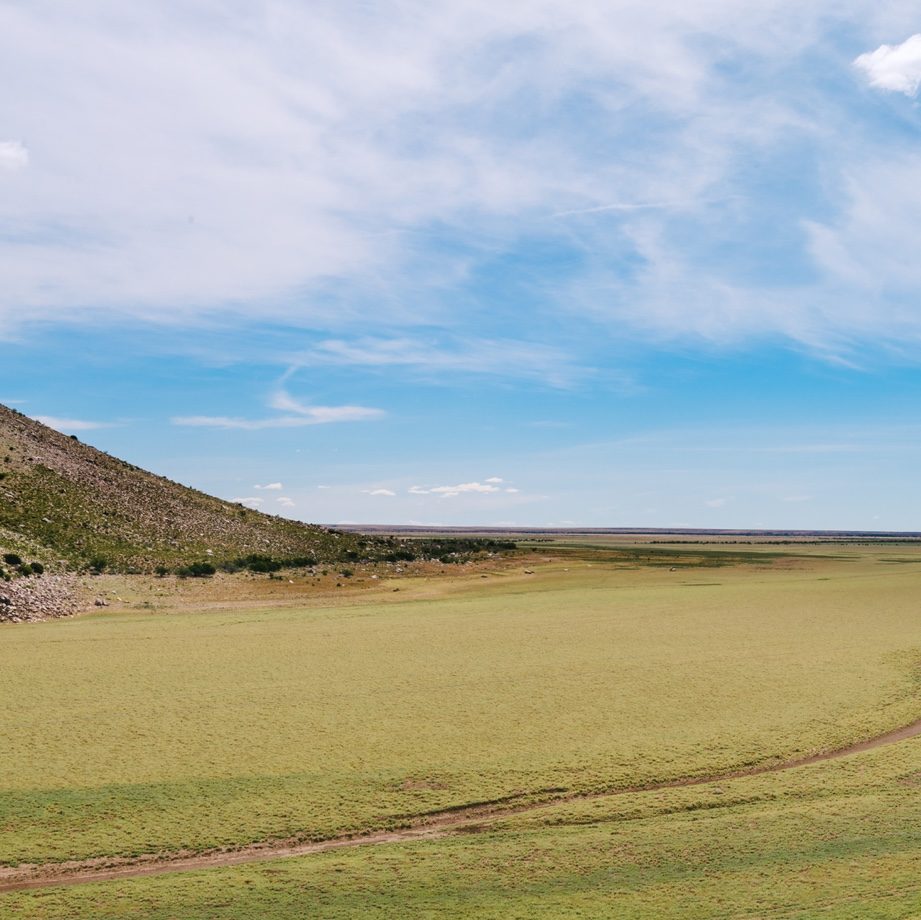Because of the climate crisis, water scarcity will be here sooner than you think. Here’s how you can help conserve our limited freshwater.
The effects of climate change have never been more apparent. Between 1992 and 2017, Antarctica lost more than three trillion tons of ice, 2019 was one of the top three warmest years on record, hurricanes are becoming more frequent and more intense, in 2020, wildfires burned more than 10.3 million acres in the U.S., and by 2100, we could be facing the loss of an estimated 50 percent of the world’s species. We’re also running out of
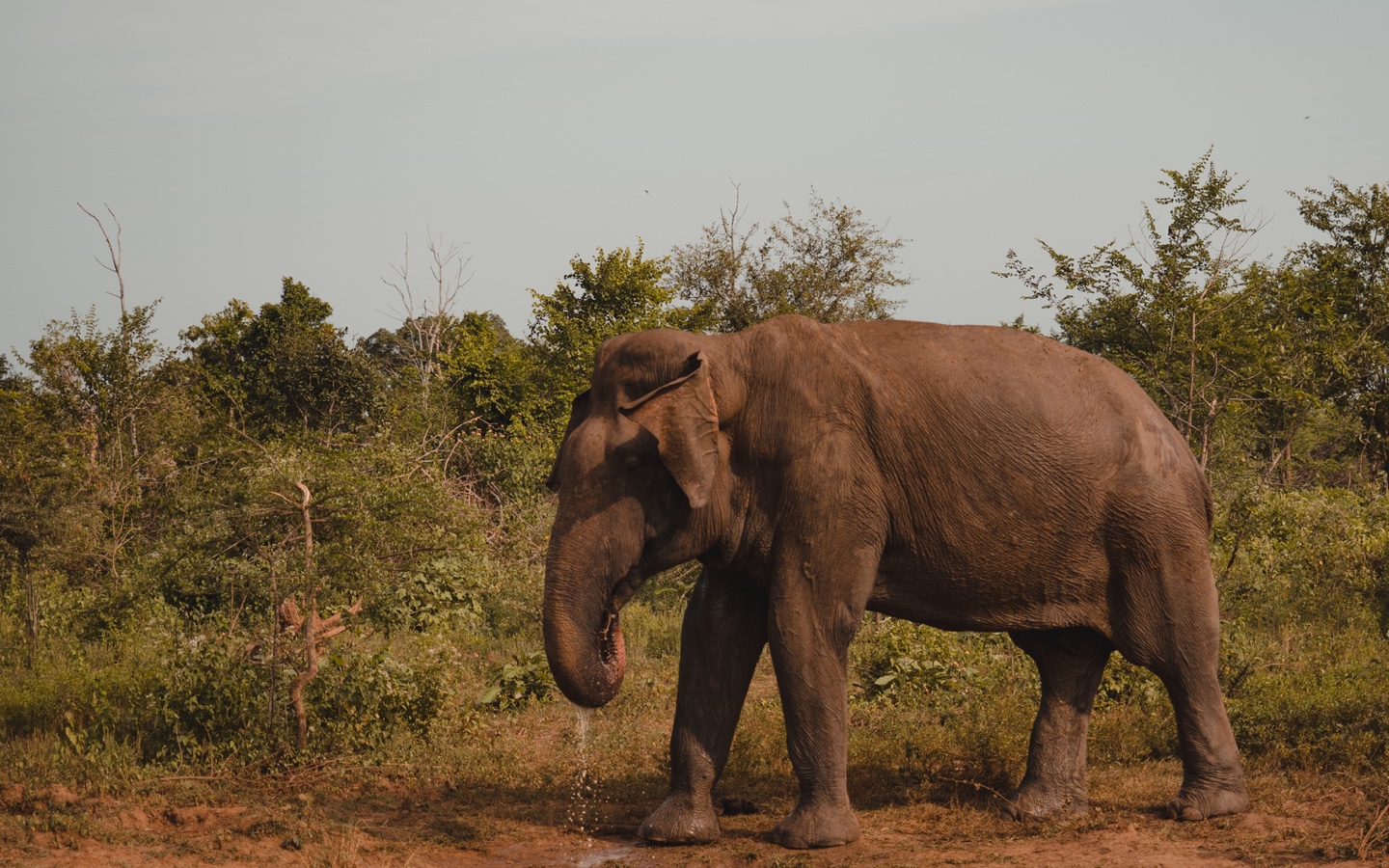
Water is essential. It’s 60 percent of our body. We need it to survive, not to mention to clean and cook — and we’re running out of it. Americans use an average of 82 gallons of water daily, but as supply decreases and usage increases — a result of population growth and climate change impacts like more water evaporation from oceans, rivers, and soil, more extreme and prolonged droughts, and diminished water quality after heavy rain and flooding — it is projected that by 2071, we won’t have enough freshwater to meet demand.
Los Angeles is among the areas facing extreme water stress. The city gets most of its water from the Colorado River Basin, the San Joaquin-Sacramento River Delta, snowmelt from the Sierra Nevada Mountains, and groundwater. However, a handful of compounding issues contribute to LA’s water insecurity problems. There are no significant measures in place to collect rainfall — 80 percent ends up in the ocean — warmer year-round temperatures mean less snowmelt (from 1980-2018, the western U.S. has seen a 28 percent uptick in snow droughts), increased water evaporation in the state’s aqueducts, and aging infrastructure that causes basin and aqueduct leakage. Then there’s the population issue. LA’s metro area population is currently 12.45 million and is expected to expand to 13.77 million by 2030, a statistic that will only serve to exacerbate the city’s water insecurity, especially in marginalized communities that are disproportionately affected by water stress.
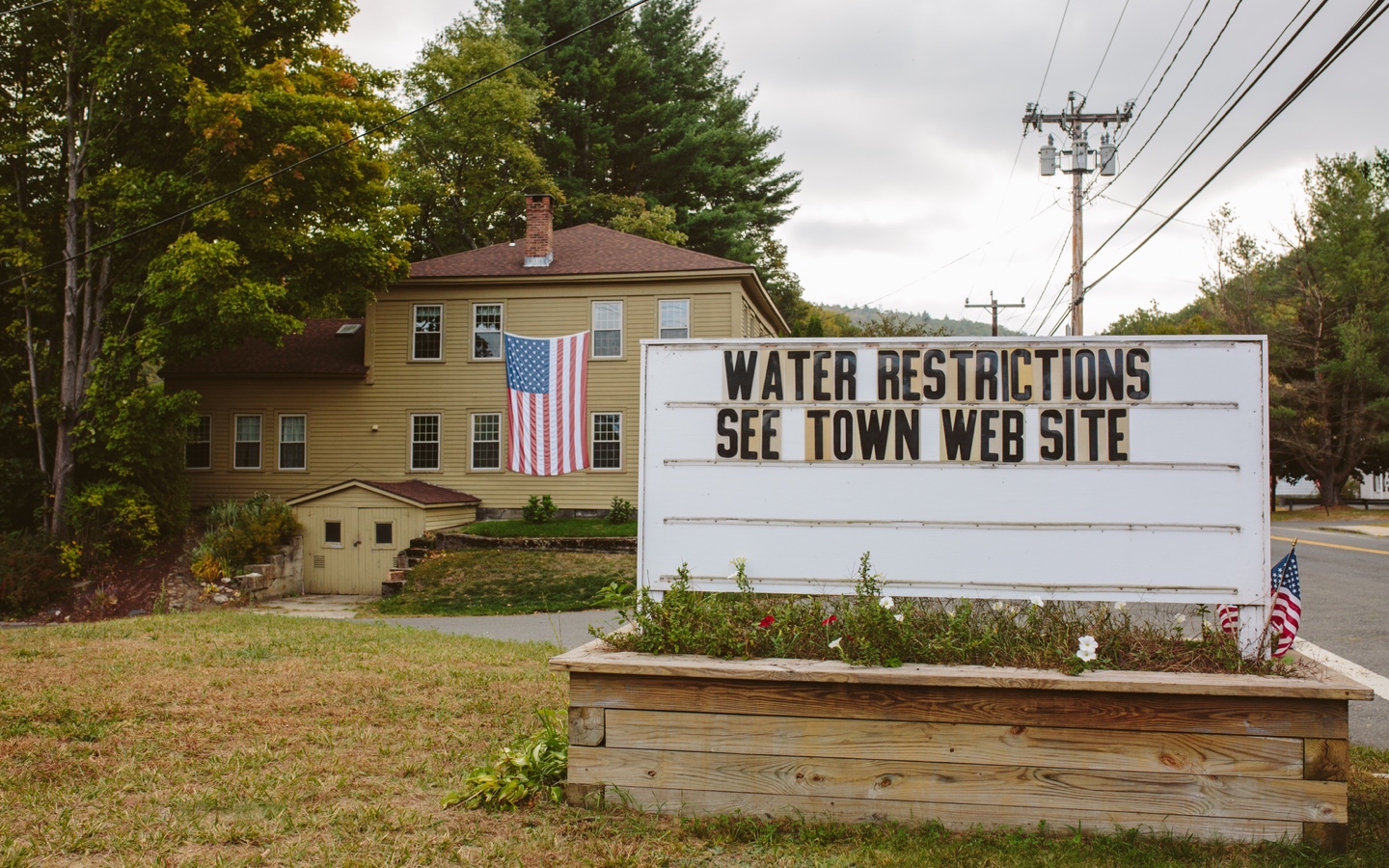
Elsewhere in the U.S., populous cities like Salt Lake City, Atlanta, San Francisco, plus El Paso, San Antonio, and Houston, are all running out of water. And, according to a recent study, areas in the Southwest, the middle and southern Great Plains, and Florida can expect to experience severe decreases in water basin levels — 83 basins across the country could be grappling with shortages this year caused from demand and evaporation. The majority of the U.S.’ water basins are primarily used for irrigated agriculture — it accounts for 75 percent of annual consumption — so it’s no surprise that the geographical areas known for substantial irrigation are expected to suffer the most considerable water shortages.
We need to take action now. A 2019 study shows that water stress increases could be avoided in 68 to 90 of the country’s basins if consumption declined by two percent, with a handful of basins needing to reduce consumption by 30 percent.
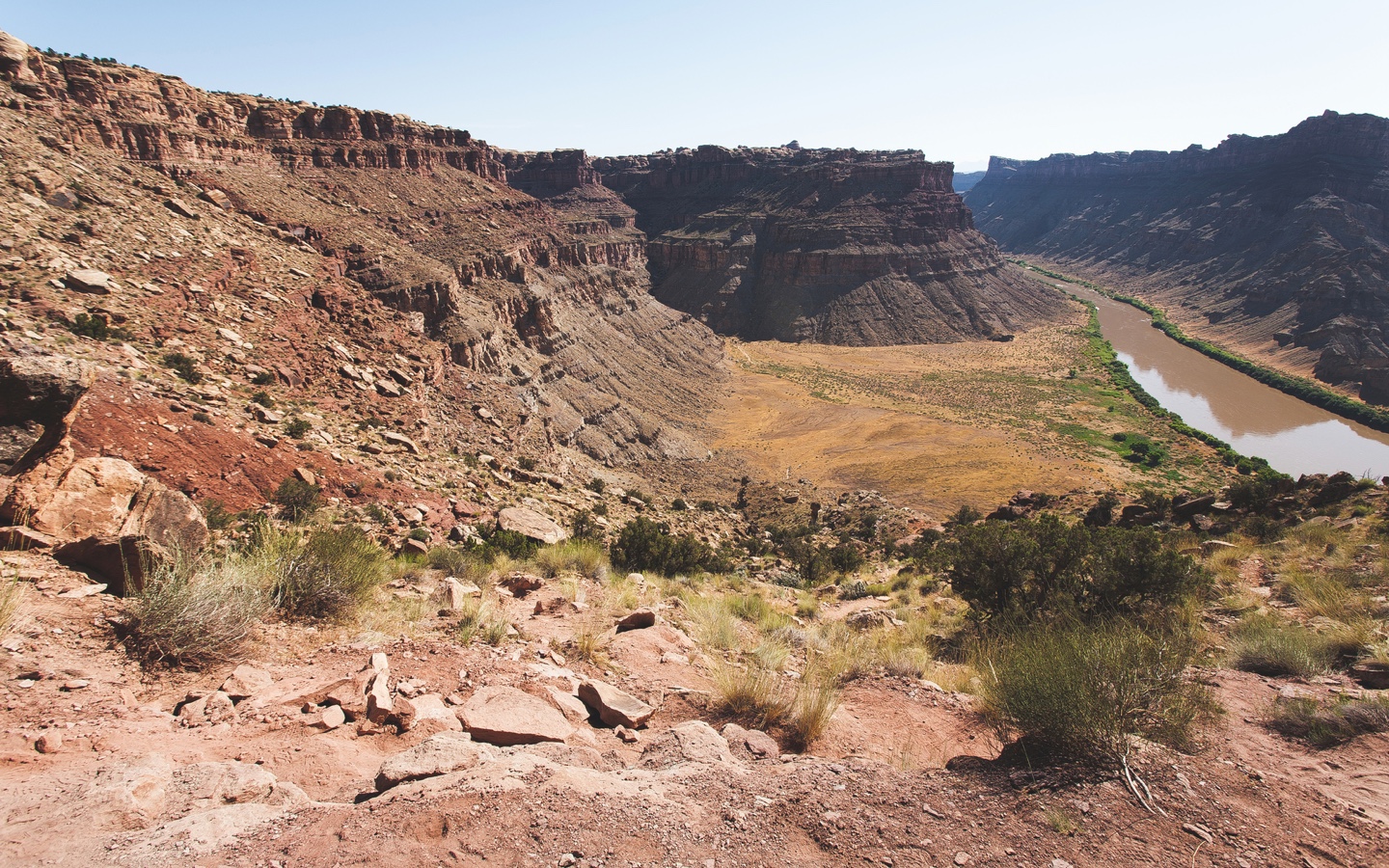
Like in LA, rising temperatures and less rainfall across the country have meant extreme droughts, fewer water resources, and longer, more intense wildfire seasons. In 2011, Texas experienced its hottest and driest summer on record, and in 2015, California dealt with its worst drought in history. To make matters worse, the Colorado River Basin, a large freshwater resource for California, is experiencing “extreme” or “exceptional drought,” and the Salt Lake City region, is expected to lose 1.8 to 6.5 percent of water flow in local streams for every degree Fahrenheit of warming. In 2020, Arizona saw a record of heat-related deaths as well as a second straight dry monsoon summer — a seasonal weather occurrence that provides relief from the heat and essential rainfall.
These climate variables, coupled with water overuse for agriculture, are also having devastating effects on underground aquifers and groundwater — a source of
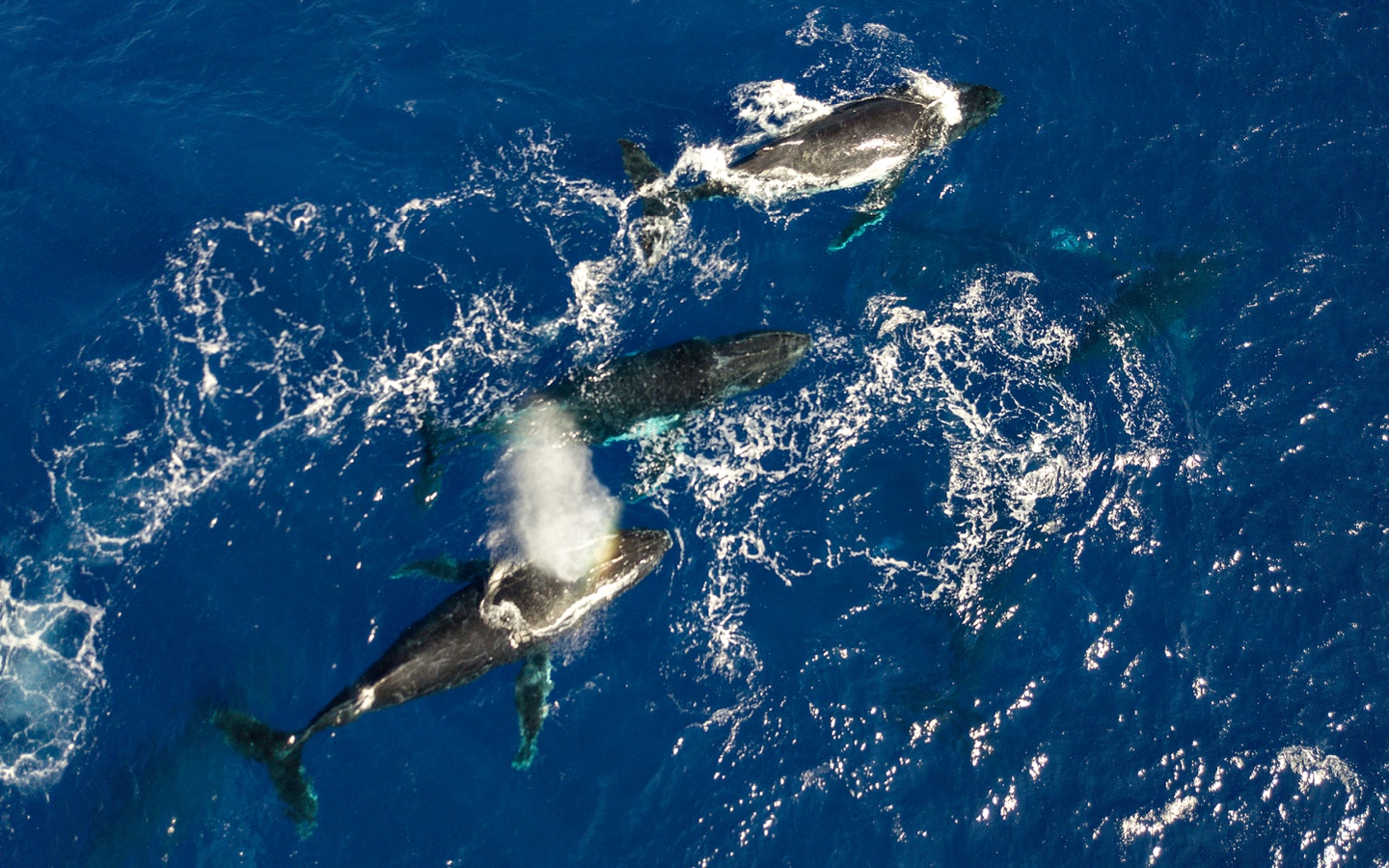
The good news? There’s still time to act. Get involved in your local community and pressure lawmakers to put in place equitable, inclusive water management policies. Support companies

Shop Pillows
The Essential Organic Pillow Collection
Gentle, breathable, non-toxic support.




